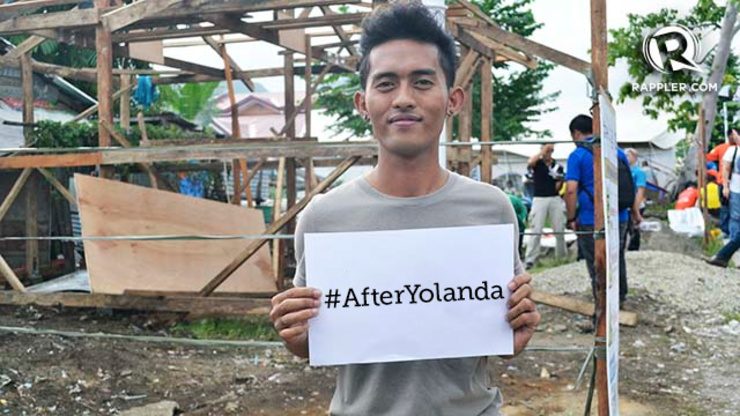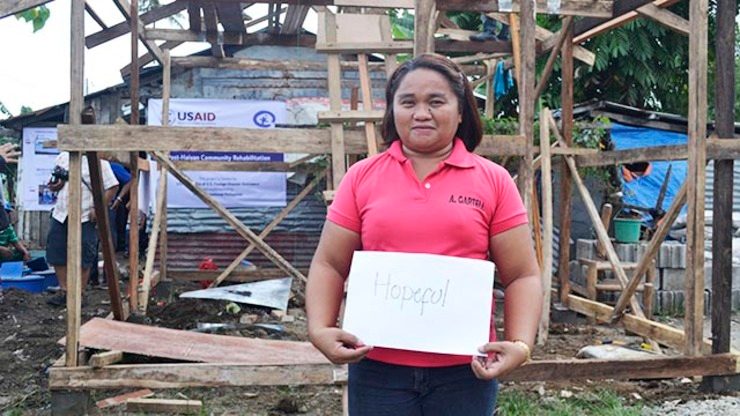SUMMARY
This is AI generated summarization, which may have errors. For context, always refer to the full article.

MANILA, Philippines – A year has passed since Super Typhoon Yolanda battered the country. But for many of those who survived the storm, it seems like it was just yesterday when the typhoon plucked their houses from the ground and destroyed their sources of livelihood.
The strongest typhoon to ever make landfall left more than 6,000 people dead, more than 28,000 injured, and close to 1 million families displaced along its track – each of them with stories of despair, hope, and survival to share.
Typhoon Yolanda also severely damaged the agriculture industry in Eastern Visayas, a source of employment and livelihood for many residents.
Most of the survivors remain in temporary shelters. Getting back on their feet has been a daily struggle for them.
Stories
A year after Yolanda, how are the survivors doing? What has the country learned from this tragedy?
Survivors of the nation’s worst disaster in recent history tell stories of hope and frustration. But they are not the only ones with stories to tell.

In July, for the first series of #StoryoftheNation, we asked the Filipino people to tell us who they are. Their stories were told through photos published on Rappler and social media, days before President Benigno Aquino III delivered his 5th State of the Nation Address.
A year after Yolanda, we again appeal to the public to tell us your stories of how you were affected by the super typhoon and its aftermath. We also want to gather stories of resilience, hope, survival, and heroic deeds of those who survived the storm and everyone else who helped Yolanda survivors recover and get back on their feet.
Whether Filipino or otherwise, we were all affected by Super Typhoon Yolanda. It’s time to tell our story.
Here’s how:
Step 1: Explore!
Armed with your camera or phone, talk to the members of your community – everyday Filipinos or even foreigners.
Ask them the following questions: How has typhoon Yolanda affected you? In just one word, describe how you are doing a year after Yolanda.
Don’t forget to record their answers and other basic details, like their name and profession.

Step 2: Click!
Take a picture of your subjects posing with the word.
It’s best to take them in their natural environment or in a situation that says something about who they are.
Take note, the subjects do not need to always smile or look at the camera.
Step 3: Submit!
You can send the photos, captions, and relevant information to move.ph@rappler.com. Please put #AfterYolanda in the subject line of your email.
You can also send your entries via Facebook or Twitter. When submitting via social media, remember to use #AfterYolanda and make your post public. You can also submit using the Rappler app.
We received all kinds of photos and stories, some sad and some inspiring.
Here are their stories:
– Rappler.com
For Rappler’s full coverage of the 1st anniversary of Super Typhoon Yolanda (Haiyan), go to this page.
Add a comment
How does this make you feel?





There are no comments yet. Add your comment to start the conversation.